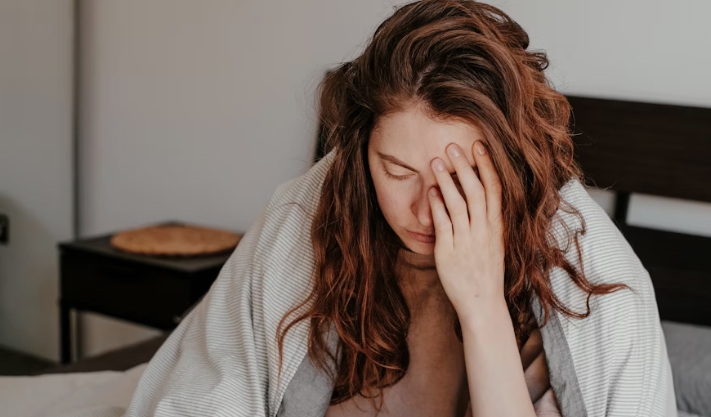What mental health myths are most common on TikTok?
Experts found four main types of wrong information in videos with the #mentalhealthtips hashtag.
Thousands of social media influencers share wrong ideas about mental health. Some do this because they think their own experience will help others, while others want more followers or to sell things.
The Guardian looked into this and experts found clear patterns in wrong information in TikTok videos with #mentalhealthtips.
Saying normal feelings are mental illness
Some videos say things like feeling nervous when plans change, having mood swings, fearing people will leave you, or copying others to fit in are signs of borderline personality disorder. But these are normal feelings many people have.
One video says depression at work looks like trouble focusing, feeling tired, low energy, not hungry, and being easily annoyed.
Liam Modlin, a therapist, said some of these are like depression symptoms but can also happen for many other reasons.
Using mental health words wrongly
One video said bipolar disorder means mood swings happen very fast like a swinging pendulum. But this is wrong — people with bipolar disorder have mood changes that last weeks, not quick swings.
Dan Poulter, a doctor, said this wrong explanation can make people with bipolar disorder feel their real illness is not taken seriously.
Another video said people about to die by suicide become “almost bipolar.” Professor Rina Dutta said this wrong use of words can make mental health problems seem worse or more confusing.
One video said signs of abuse are always saying sorry, crying over small fights, needing reassurance, being sensitive to criticism, and hiding feelings.
Liam Modlin said these behaviors can happen in many situations, not just abuse. Without more explanation, these videos might make people wrongly think they are abused when they are not.
Treatments without proof and wrong claims
This was the most common wrong information in the videos.
One video said there was a method cheaper than therapy and with fewer side effects than medicine for depression. It claimed people could “heal from trauma in one hour” by writing about their bad experiences for 15 minutes without stopping.
Amber Johnston, a trained therapist, said, “No research shows this can cure trauma, especially not in one hour. Trying this alone can be risky without help from a trained therapist.”
Another video said crying helps calm yourself and process feelings because it releases cortisol. Amy Durden, a therapist, said, “Cortisol and crying are complicated. Crying can sometimes help, but not always. If someone feels bad about crying, it can cause shame instead.”
Some videos showed easy sayings that experts thought were not helpful. For example: “If you’re not changing, you’re choosing,” and another: “When you feel like everyone hates you, sleep. When you hate everyone, eat. When you hate yourself, shower. When everyone hates everyone, go outside.”
Durden said, “These sayings make things too simple. They might come from therapy ideas but don’t consider each person’s situation.”
One video showed a special breathing exercise for anxiety. David Okai, a brain doctor, said, “No single breathing trick works for everyone. Doing it wrong can cause fast breathing and make anxiety worse.”
Another video said depression is caused by things like alcohol, tobacco, MSG, caffeine, sugar, and wheat. Modlin said, “Lifestyle can matter, but this is too simple and can be wrong. Depression comes from many things like genes, brain biology, stress, childhood problems, illnesses, and personality.”
Some videos suggested taking supplements like saffron, magnesium glycinate, and holy basil to help anxiety. Psychiatrist Famia Askari said, “Some studies show these might help, but there isn’t enough proof yet for doctors to recommend them. Also, these supplements are made in factories, not always natural like some videos say.”























